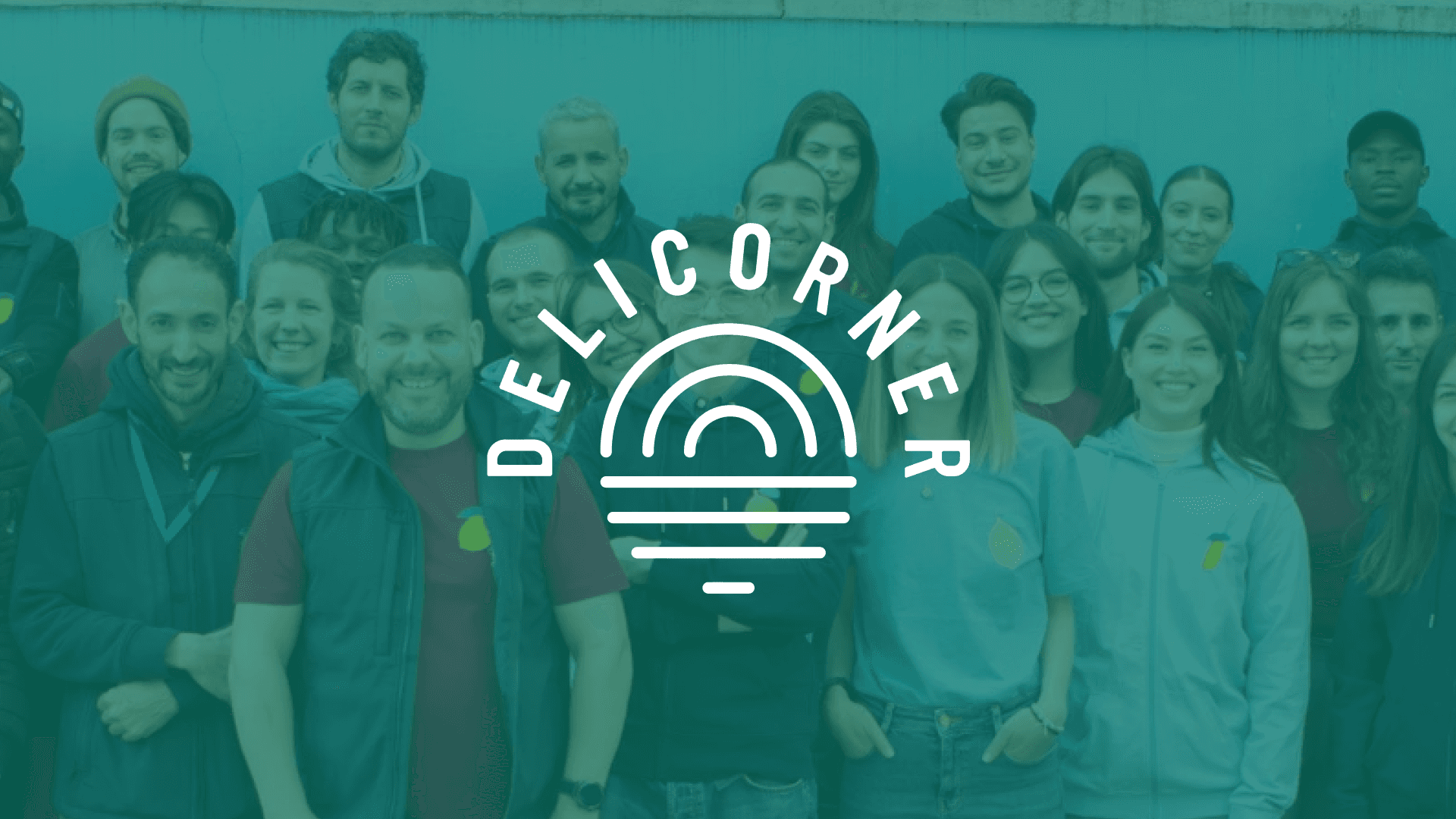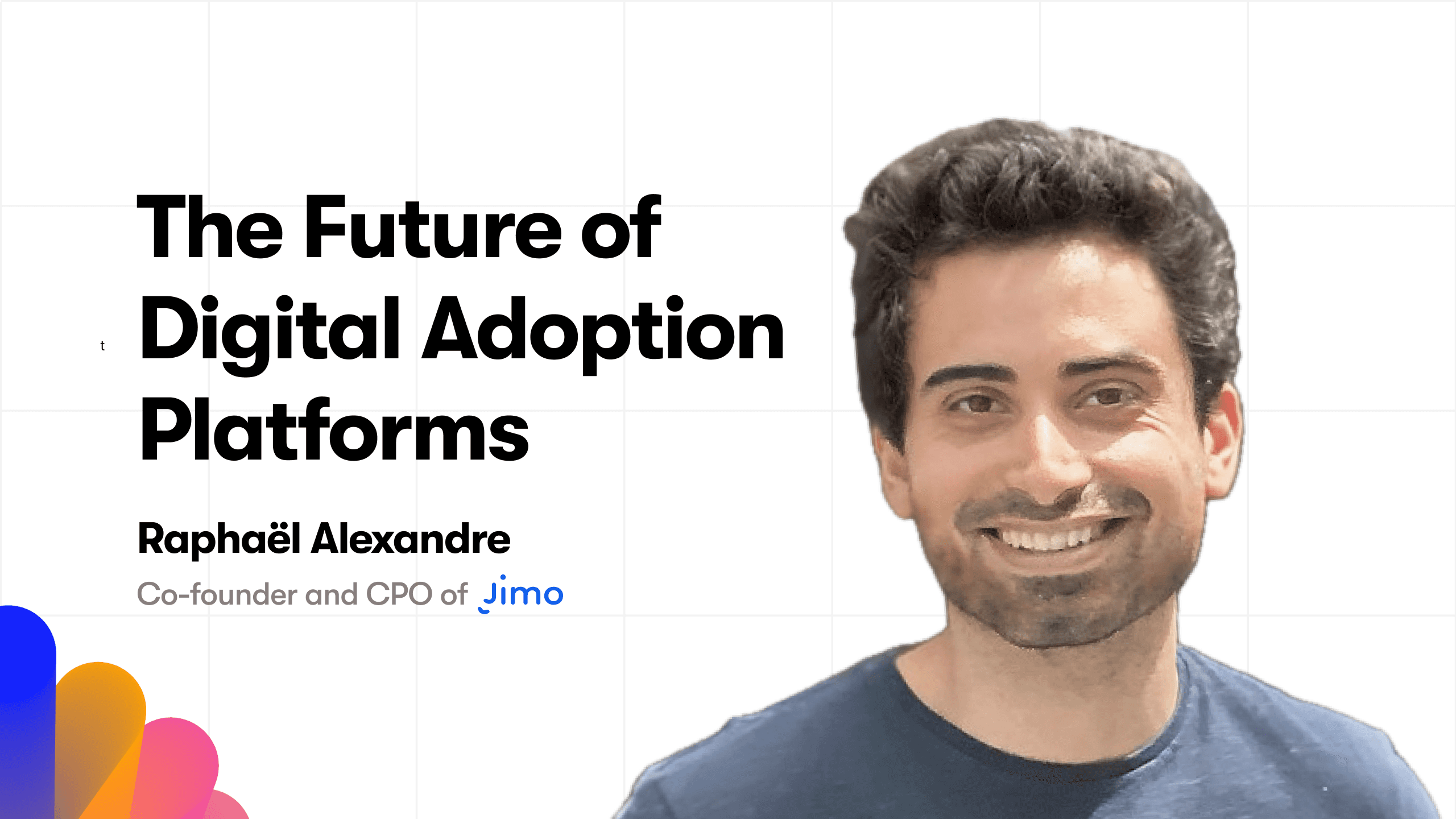2023 is shaping up to be a pivotal year in the digital realm. As product teams gear up for the challenges and opportunities ahead, certain trends are emerging as game-changers. Ever wondered how AI is subtly weaving its magic into our daily digital interactions? Or why there's a growing buzz around inclusive software experiences that resonate globally? The boundaries between the digital and physical worlds are becoming increasingly porous, and the rise of No Code and Low Code platforms is democratizing the very act of creation. But that's not all. The art of understanding users is undergoing a revolution, with smart segmentation and feedback mechanisms leading the charge.
Dive in as we unpack these trends and more, offering a glimpse into the future of digital adoption. Ready for a deep dive into 2023's digital frontier?
The Rise of AI-Driven Product Features
AI isn't just a buzzword—it's the driving force behind today's most innovative product developments.
The modern software landscape is undergoing a seismic shift, with AI at its core.
Recent data highlights a compelling narrative: over 60% of businesses are integrating AI into their platforms. The goal? Elevate the user experience.
AI's Role in Shaping User Experience:
The magic of a platform that intuitively understands you? That's AI technology in action. Through intricate algorithms and machine learning models, AI is tailoring user interactions, ensuring each experience is as unique as the individual.
Predictive Analytics: The Future of Product Management:
Being "data-driven" is the cornerstone of modern product management. With AI-powered predictive analytics, we're not just reacting to user behavior—we're anticipating it. This proactive approach is revolutionizing how we understand and cater to our users.
As 2023 unfolds, the synergy between AI and digital adoption is set to reach new heights. Embracing this digital transformation isn't just about staying competitive—it's about leading the charge.
Embracing Inclusive Software Experiences
The realm of digital transformation is vast and ever-evolving. Beyond the integration of the latest technology or the implementation of the newest platform, there lies a deeper challenge: ensuring that these digital tools are genuinely inclusive and resonate with a broad spectrum of users.
The Importance of Accessibility in Digital Products
Accessibility in digital products is no longer a luxury—it's a fundamental requirement. A diverse range of users, each with their unique needs and preferences, interact with software daily. Catering to everyone, regardless of their physical or cognitive abilities, ensures that no one is left behind in this digital age. The essence of digital transformation is not just about technological advancements but also about providing an inclusive user experience that truly values each user.
Culturally Diverse Software: Bridging Global Gaps
Our world is a melting pot of cultures, languages, and traditions. As software developers and designers, there's a responsibility to ensure that our products reflect this diversity. It's not merely about translating content into different languages. It's about diving deep into cultural nuances, understanding regional preferences, and ensuring that the software resonates with its global audience. Culturally diverse software breaks down barriers, fosters understanding, and builds bridges in our interconnected world.
In the grand narrative of digital adoption, the tools and platforms might evolve, but the core principle remains steadfast: understanding and valuing the user. As we navigate this landscape, it's clear that inclusivity and cultural diversity are not just trends but essential pillars that uphold the future of digital experiences.
Bridging the Digital-Physical Divide
In the ever-evolving landscape of digital transformation, a new frontier is emerging—one that seamlessly blends the digital realm with our tangible world. This convergence is not just a testament to technological advancements but a reflection of our innate desire to integrate digital conveniences into our everyday physical experiences. But how close are we really to achieving a perfect harmony between our digital and physical worlds?
Augmented Reality (AR) in Product Experiences
Augmented Reality (AR) is no longer the stuff of sci-fi fantasies. Today, it's a tangible reality that's transforming the way we interact with products and services. By superimposing digital interfaces onto the physical world, AR offers immersive product experiences that are both engaging and interactive. Imagine trying out a piece of furniture in your living room through an app before making a purchase or visualizing how a new pair of shoes would look on you, all through the magic of AR. These experiences, which merge the digital with the physical, are not just enhancing user experience but also redefining the boundaries of what's possible in product interaction.
The Internet of Things (IoT) and Product Integration
The Internet of Things (IoT) is another powerful force driving the fusion of the digital and physical realms. By connecting digital products with everyday physical devices, IoT is revolutionizing the way we live, work, and play. Think of smart thermostats that learn your preferences and adjust the room temperature accordingly or refrigerators that notify you when you're running low on milk.
These integrations, powered by IoT, are enhancing user convenience and offering a level of interactivity that was once deemed futuristic. As digital products continue to integrate with our physical environment, the line between the two is becoming increasingly blurred, ushering in an era where technology is not just a tool but an integral part of our daily lives.
No Code and Low Code: The Game Changers in Digital Creation
In the arena of digital transformation, there's a new duo making waves, and if you haven't heard of them yet, you're about to. No Code and Low Code platforms are reshaping the very fabric of software development. But why should this matter to you, and more importantly, how is this changing the game for product teams everywhere?
Citizen Developers: The Unsung Heroes of Today's Digital Era
Ever heard of citizen developers? These are the mavericks, the non-coders, who are now stepping into the limelight, thanks to No Code platforms. With user-friendly interfaces and a plethora of templates at their disposal, these platforms are empowering anyone with an idea to bring it to life. Think of it as giving a paintbrush to someone who's never painted before and watching them create a masterpiece.
Low Code: Where Speed Meets Precision
Now, for those who've dabbled in coding but crave efficiency, Low Code platforms are the answer. Imagine having the tools to build a rocket but now also having a blueprint to make it faster. That's what Low Code offers. It's the sweet spot between manual coding and automation, allowing for swift prototyping and even swifter deployment. In a world where time is money, can product teams really afford to ignore this?
The Ripple Effect on Product Teams
Let's get down to brass tacks. With the barriers to software development crumbling, there's a tidal wave of innovation on the horizon. Product teams now wield the power to test, iterate, and deploy at breakneck speeds. And with a broader spectrum of contributors in the mix, we're looking at a melting pot of ideas and insights. The end game? Products that aren't just good but are tailored, refined, and resonate with the end-user.
Smart User Segmentation for Enhanced Adoption
In the bustling world of digital transformation, there's a silent revolution taking place. It's not just about adopting the latest technology or integrating the newest platform. It's about understanding, at a granular level, the users who interact with these platforms. Enter the realm of smart user segmentation.
Personalizing User Journeys with Data Analytics
Data has often been dubbed the 'new oil', but in the context of digital adoption, it's more apt to call it the 'new compass'. By harnessing the power of AI, technology and data analytics, businesses are now able to segment users based on behavior, preferences, and even subtle nuances in their interactions. The result? A user experience that feels less like a generic template and more like a tailor-made suit. Imagine a software that anticipates your needs, understands your preferences, and delivers an experience that's just... right. That's the power of data-driven user segmentation.
Why One-Size-Fits-All Doesn't Work Anymore
Gone are the days when a generic approach could satisfy all users. In today's hyper-connected, data-rich environment, users expect more. They crave personalization. A one-size-fits-all approach? It's akin to using a sledgehammer where a scalpel is needed. With the myriad of technology options available, users are no longer content with a generic product experience. They want, no, they demand experiences that resonate with their unique needs and preferences. And businesses that fail to recognize this shift? They risk being left in the digital dust.
The Echo Chamber: The Resounding Impact of User Feedback on Digital Adoption
The digital realm is constantly evolving, shaped and molded by the voices of its users. User feedback isn't just a tool; it's the compass guiding product evolution.
The Pulse of Evolution
Every piece of feedback, whether praise or critique, offers a unique insight. It's the heartbeat of products, ensuring they evolve in tandem with user needs. Real-time feedback tools have revolutionized this process, allowing product teams to adapt and refine features on the fly.
Building Bridges with Users
When users share their insights and see their suggestions come to life, a profound bond is forged. It's a testament to the collaborative spirit of the digital transformation journey. This bond isn't just about trust; it's about creating a symbiotic relationship where both users and product teams thrive.
A Testament to Change
Brian Eno once remarked, "Feedback doesn't tell you about the music. It tells you about the room.". In the context of digital adoption, feedback paints a vivid picture of the user landscape, highlighting areas of excellence and avenues for improvement.
In conclusion, as we navigate the intricate pathways of digital transformation, the value of user feedback remains paramount. It's the beacon that lights the way, ensuring products remain user-centric, innovative, and ahead of the curve.
How Jimo is Navigating the 2023 Digital Adoption Landscape
The 2023 digital adoption landscape is marked by rapid advancements and evolving user expectations. Amidst this dynamic environment, Jimo is carving out its path, focusing on understanding and adapting to these shifts.
Embracing AI for Enhanced Insights
Jimo's exploration into AI isn't about chasing trends. It's a response to the growing complexity of user behaviors and patterns. By integrating AI-driven analytics, Jimo's platform aims to provide more insightful user experiences, emphasizing the balance between technology and user-centric design.
Prioritizing User Feedback
One of Jimo's foundational principles is its commitment to listening. By actively incorporating user feedback, Jimo seeks to ensure its products evolve in tandem with real-world needs. This iterative approach is less about perfection and more about continuous growth and adaptation in the digital adoption realm.
Integration with a Purpose
In today's interconnected technology ecosystem, integration is key. Jimo's focus is on creating solutions that not only fit within existing software frameworks but also add tangible value. It's about recognizing the broader digital landscape and finding ways to contribute meaningfully.
In summary, as 2023 progresses, Jimo's approach to digital adoption is characterized by its commitment to understanding, adapting, and contributing to the broader digital transformation narrative.
Conclusion
As we navigate the intricate pathways of digital transformation in 2023, it becomes evident that the key to success lies in adaptability, user-centricity, and forward-thinking innovation. In an ever-evolving landscape, it's not just about keeping pace with the present, but also about anticipating the future. The lessons from this journey underscore a timeless truth: genuine commitment to users and a spirit of continuous evolution will always be the cornerstones of meaningful impact in the digital realm.





